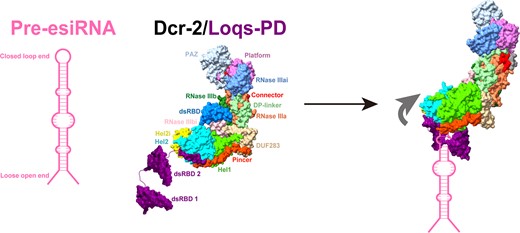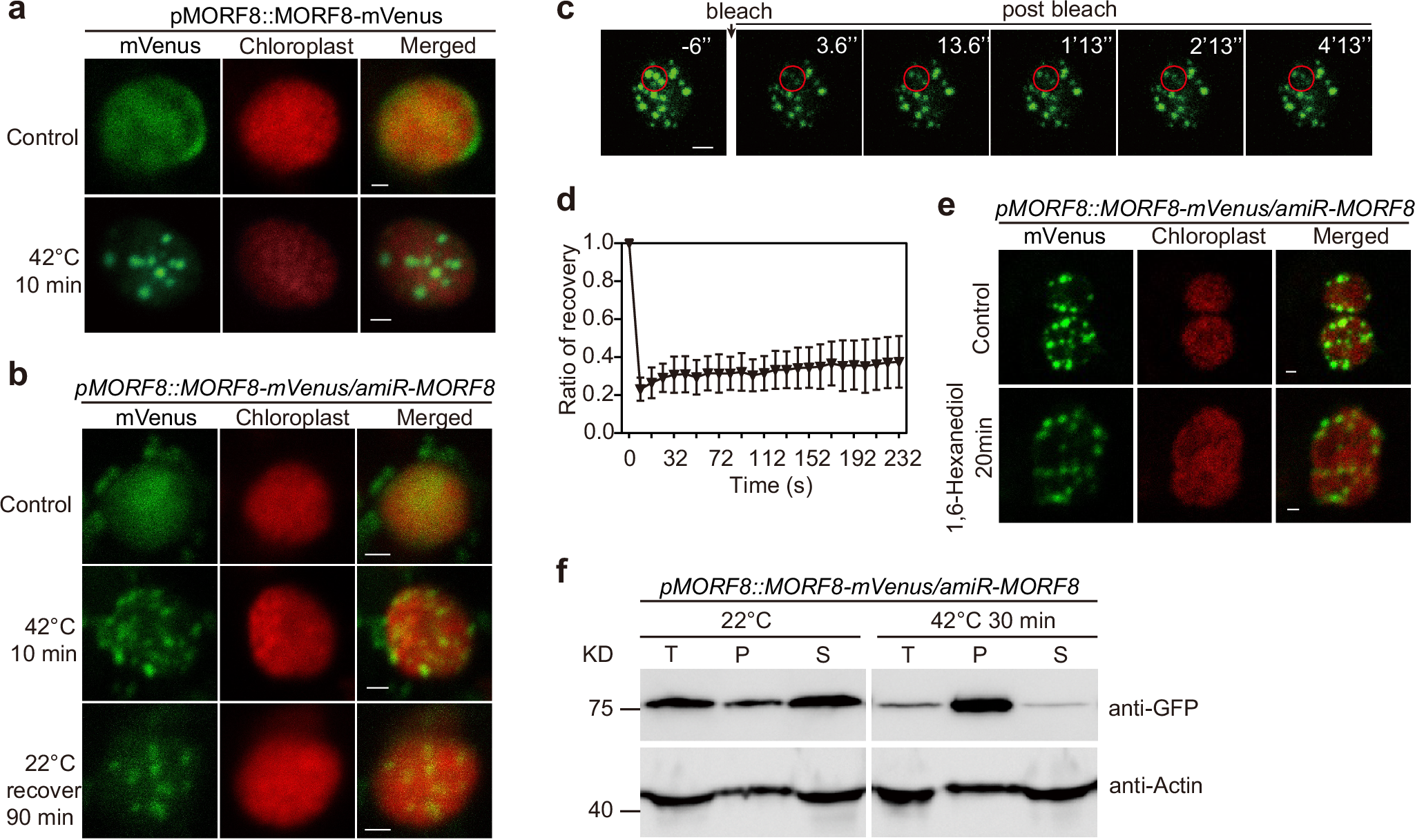2025-04-03 清華大学
<関連情報>
- https://www.tsinghua.edu.cn/en/info/1245/14170.htm
- https://academic.oup.com/nar/article/53/4/gkaf102/8026264
ショウジョウバエDicer-2とLoqs-PDによるendo-SiRNAプロセシングの構造基盤 Structural basis of endo-siRNA processing by Drosophila Dicer-2 and Loqs-PD
Na Cao, Jia Wang, Ting Deng, Boming Fan, Shichen Su, Jinbiao Ma, Hong-Wei Wang
Nucleic Acids Research Published:20 February 2025
DOI:https://doi.org/10.1093/nar/gkaf102

Graphical Abstract
Abstract
Endogenous small interfering RNAs (endo-siRNAs or esiRNAs) originate from either elongated endogenous transcripts capable of forming complex fold-back structures or from double-stranded regions generated through intermolecular base pairing of convergently transcribed mRNAs. The mechanism of maturation and functionality of esiRNAs exhibit significant variation across diverse species. In Drosophila melanogaster, esiRNAs reside in both somatic and germline cells, where they serve as post-transcriptional modulators for specific target RNAs. Their maturation process critically relies on Dicer-2 (Dcr-2), with the assistance of its cofactor Loqs-PD. In this study, we have successfully elucidated the cryo-EM structures of Dcr-2/Loqs-PD complex bound to esiRNA precursors (pre-esiRNAs) in various states. Our structural and biochemical results reveal that ATP is essential for the cleavage of esiRNAs by the Dcr-2/Loqs-PD complex, a process analogous to the cleavage of double-stranded RNA (dsRNA). When Loqs-PD is present, pre-esiRNAs are preferentially loaded onto the Helicase domain of Dcr-2. Moreover, as the Helicase domain exhibits a preference for binding to the rigid end of double-stranded RNA, Dcr-2 tends to cleave pre-esiRNA from the small closed loop end, rather than the loose and flexible open end.


